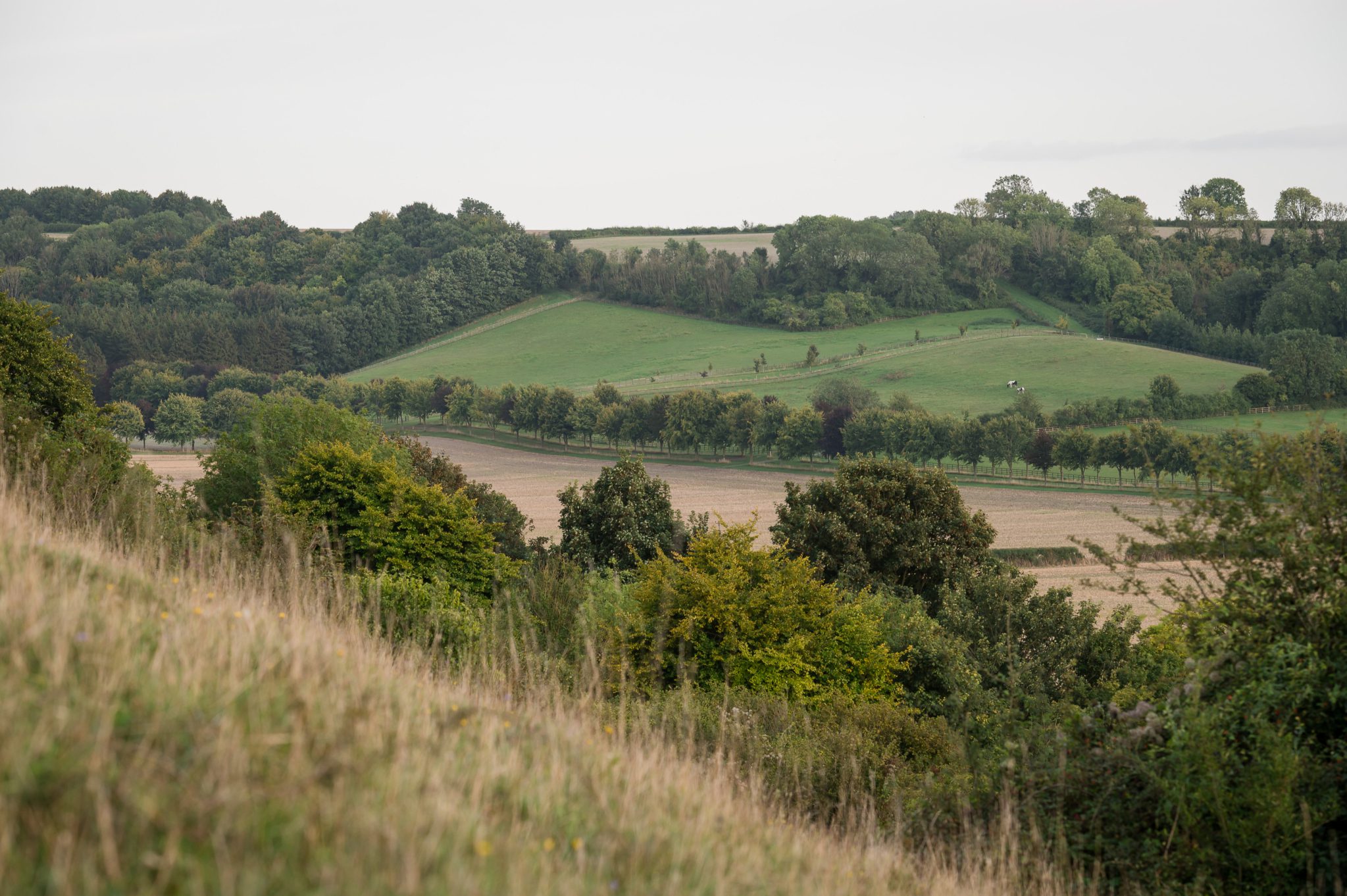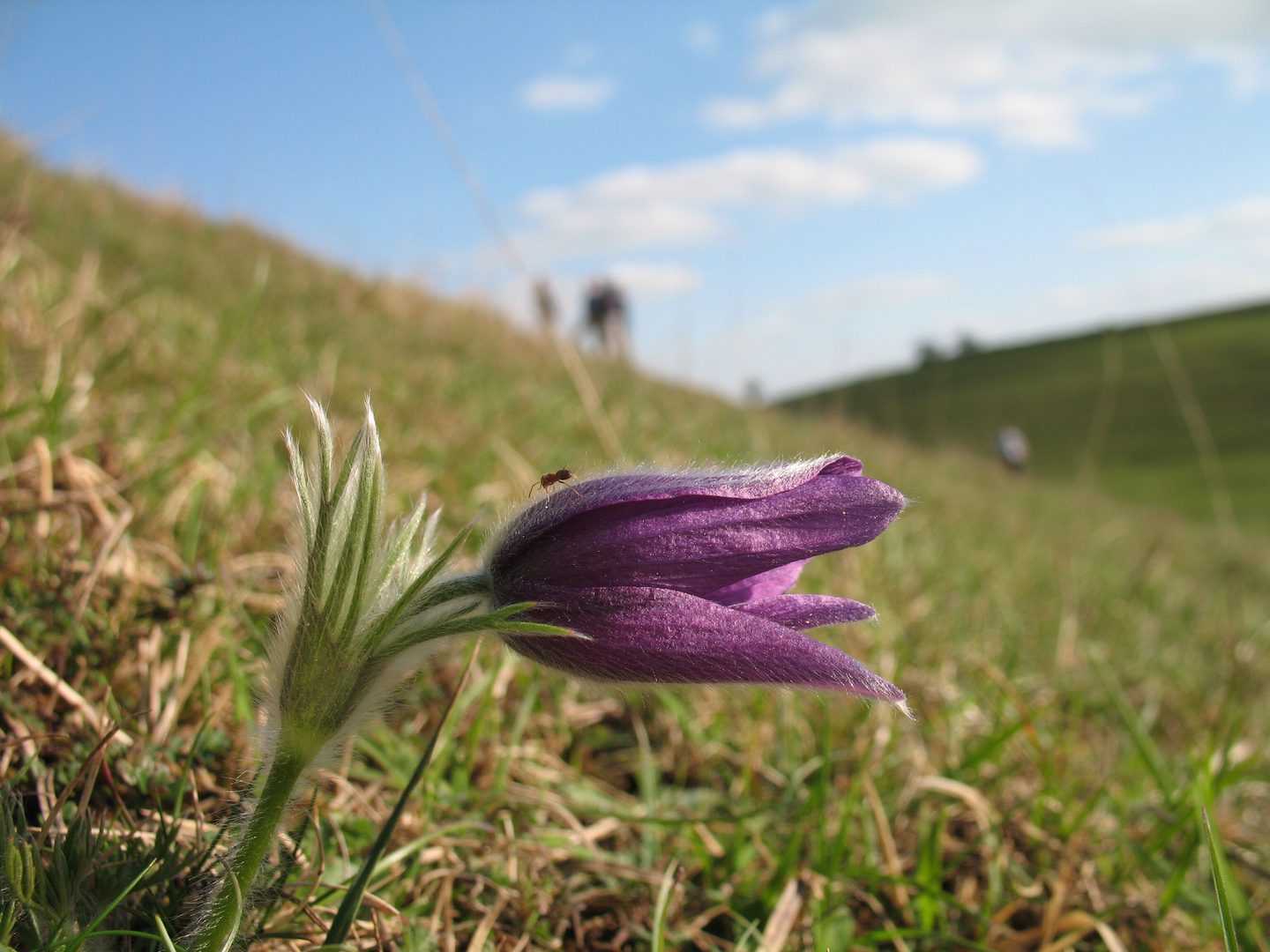Nature Recovery Fund

Nature Recovery Fund

“Through the Protected Landscape Partnership, we are investing in Big Chalk – a visionary collaboration across a fifth of England. The new Big Chalk Nature Recovery Fund will drive real change on the ground, helping accelerate progress towards our pledge to protect 30% of land for nature by 2030.
It’s a win for nature and for future generations.”
— Minister Mary Creagh, Parliamentary Under-Secretary (Department for Environment, Food and Rural Affairs)
Source: Plantlife / Natural England, Big Chalk analysis / National Landscapes data and State of Nature Report 2023
“The most exciting thing about Big Chalk is the sheer scale of the ambition. If we want to bring nature back into our landscapes in a meaningful and lasting way, we have to think big — and we have to work together. That was at the heart of the Making Space for Nature review: more, bigger, better and joined.
The Big Chalk Nature Recovery Fund is an opportunity to connect the dots — to support the spaces in between, to work across boundaries, and to bring in the landowners, farmers, community groups and conservationists who all have a role to play. It enables us to work at a scale that truly matters, and to build the partnerships that will help nature recover and thrive.”
— Sir John Lawton, Chair of Making Space for Nature Review